Why were they so prized?
For many peoples, carpets with various symbols carry a religious and energetic connotation. Turkey is especially famous for them - carpet weaving is an ancient craft and plays an important role in the cultural heritage of the country.
In Europe, the first carpets began to appear in the 16th century and only royalty could afford them. And in Russia, the love for carpets arose during the time of Peter I, when trade with other states was actively developing.
In the Soviet Union, a quality carpet was considered a symbol of prestige. Products were brought from Azerbaijan, Georgia and Turkmenistan, queues were lined up for them, they were ordered out by pull and purchased from outbid - the love for beautiful canvases in the USSR could hardly be overestimated.
Demonstration of taste and wealth
Carpets in the USSR were purchased for a long time, passed down from generation to generation and served as a wonderful gift. In an era of scarcity, this was especially appreciated. Having a carpet was considered one of the ways to show off your fortune, and sometimes connections.... But most citizens had to save several months to acquire it.
Towards the end of the 20th century, products were sold without queues and recordings - they could be bought in an ordinary furniture store, but for this, with a salary of 130 rubles, it was necessary to set aside 50 rubles for about six months.
Instead of a picture
Bright carpets with floral ornaments were prized for their decorative effect. Occupying a considerable part of the wall, they immediately became the main highlight of the interior. This was facilitated by the rich colors: the most common were considered red shades.
Also, the carpet saved the owners of the apartment from repairs: any damage (faded wallpaper, cracks or spots on the wall) could be hidden with a picturesque canvas with patterns. Who can guess what the defect is behind it?
Maintaining fashion
In the Soviet Union, carpets became popular not only for their aesthetic functions. The first time he got into the house of the person who decorated his wall with them, the guest felt real admiration - the canvas looked rich and original.
Many residents of the country sought to get the same luxurious product to be "like people".
Creation of coziness
The wall carpet transformed the room in an amazing way. The soft and beautiful canvas with floral designs was much more pleasant to look at than empty walls. And since it was most often hung near bed or sofa, most Soviet children happily fell asleep looking at intricate patterns and still remember this with a sense of nostalgia.
The wall hangings were of the highest quality: made from natural wool, they did not fade or wear due to their special location. True, the products accumulated dust and required periodic cleaning.
As insulation
Thick and warm Soviet carpets in thin-walled Khrushchev acted as protection from the cold, especially if the bed stood near the "street" or driveway wall.They not only kept warm, but also minimized the noise level. The fleecy surface absorbed sounds from neighbors well and protected the privacy of the owners themselves.
For the same reasons, carpet still adorns the walls of many apartments: this is the easiest way to soundproof a room without spending money on expensive repairs.
In a modern interior
Today carpets are no longer a symbol of prestige, moreover, the current generation does not feel such a strong need to demonstrate their well-being. The main task of a modern interior is reflect the character of its owner, while remaining functional and harmonious... That is why high-quality and well-preserved Soviet products are removed from the walls, taken to dry cleaning and placed on the floor.
Carpets look great in scandinavian style, eclecticism and even loft... But fashion is cyclical, so wall hangings are gaining more and more popularity - though not Soviet ones, but designer ones or in the form of tapestries.
In the Soviet Union, colorful woven fabrics placed on the wall have become a real symbol of the era. As you can see, there were many good reasons to arrange them in such an unconventional way.

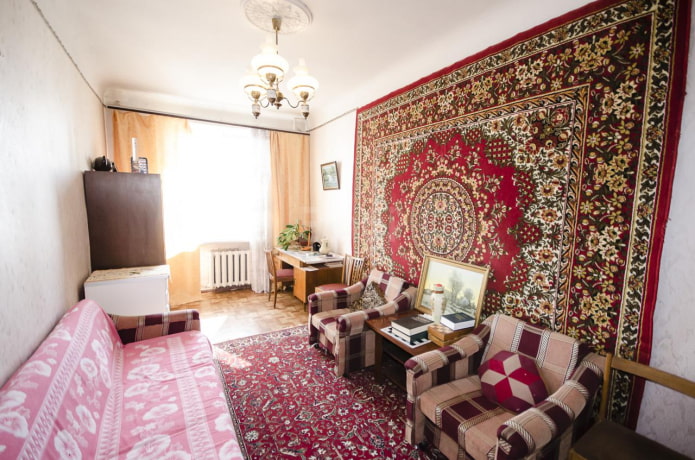
 10 practical tips for arranging a small kitchen in the country
10 practical tips for arranging a small kitchen in the country
 12 simple ideas for a small garden that will make it visually spacious
12 simple ideas for a small garden that will make it visually spacious
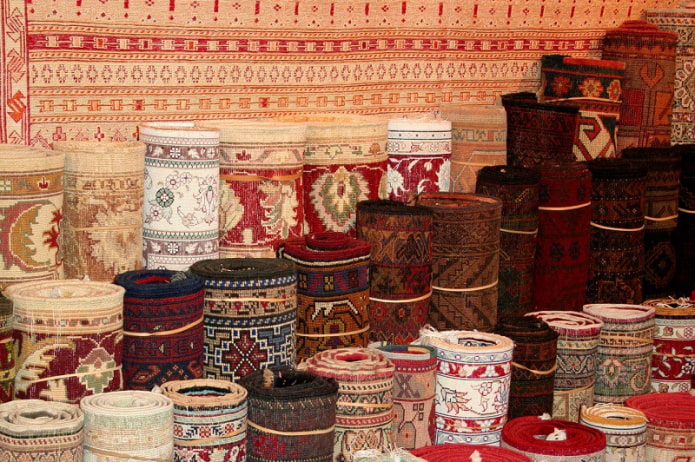
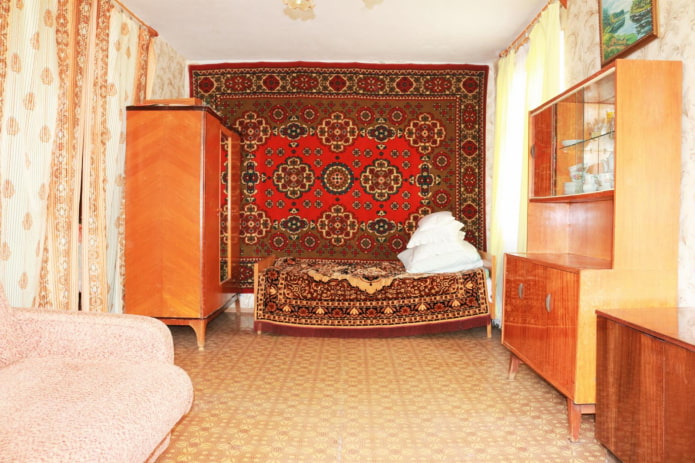
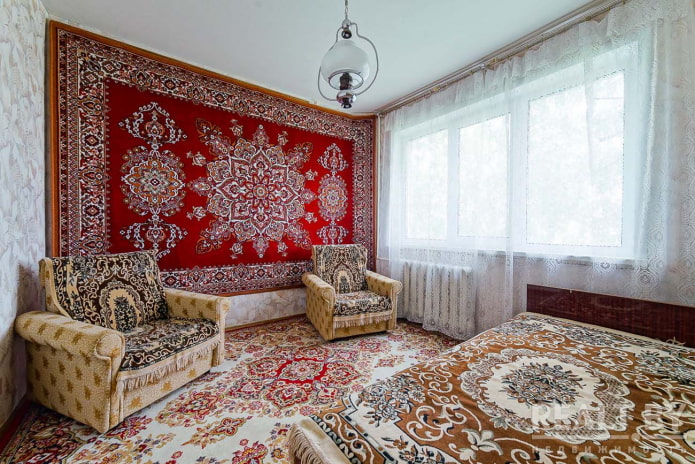
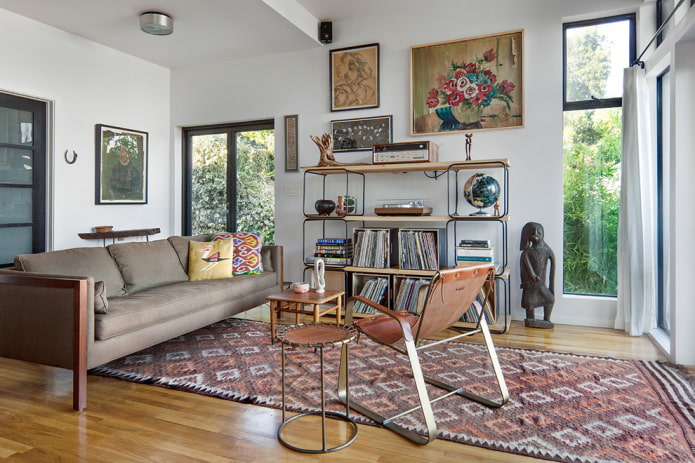
 13 bad habits a good housewife shouldn't have
13 bad habits a good housewife shouldn't have 24/7 home cleanliness - 4 secrets for the perfect housewife
24/7 home cleanliness - 4 secrets for the perfect housewife 6 hotels in Sochi that will give odds to the promoted foreign hotels
6 hotels in Sochi that will give odds to the promoted foreign hotels Top 10 interior design trends 2020
Top 10 interior design trends 2020 Rating of cheap TVs with Smart-TV
Rating of cheap TVs with Smart-TV New Year's LED garlands on AliExpress - we disassemble while it's hot, so that it's bright at home
New Year's LED garlands on AliExpress - we disassemble while it's hot, so that it's bright at home